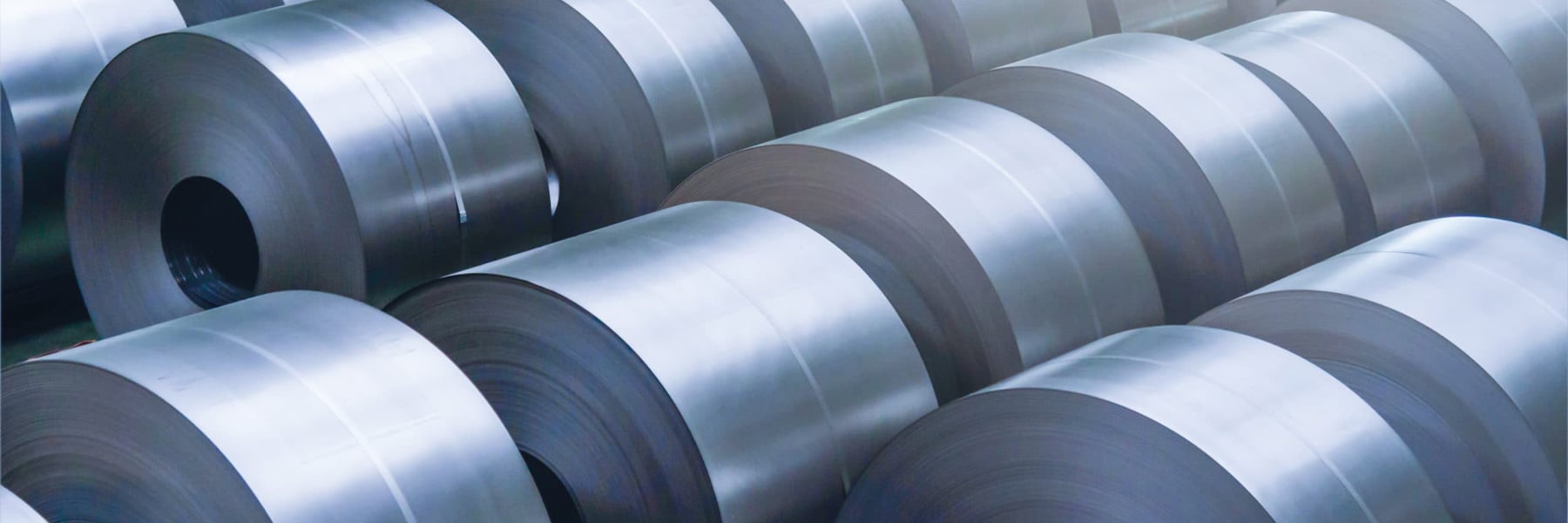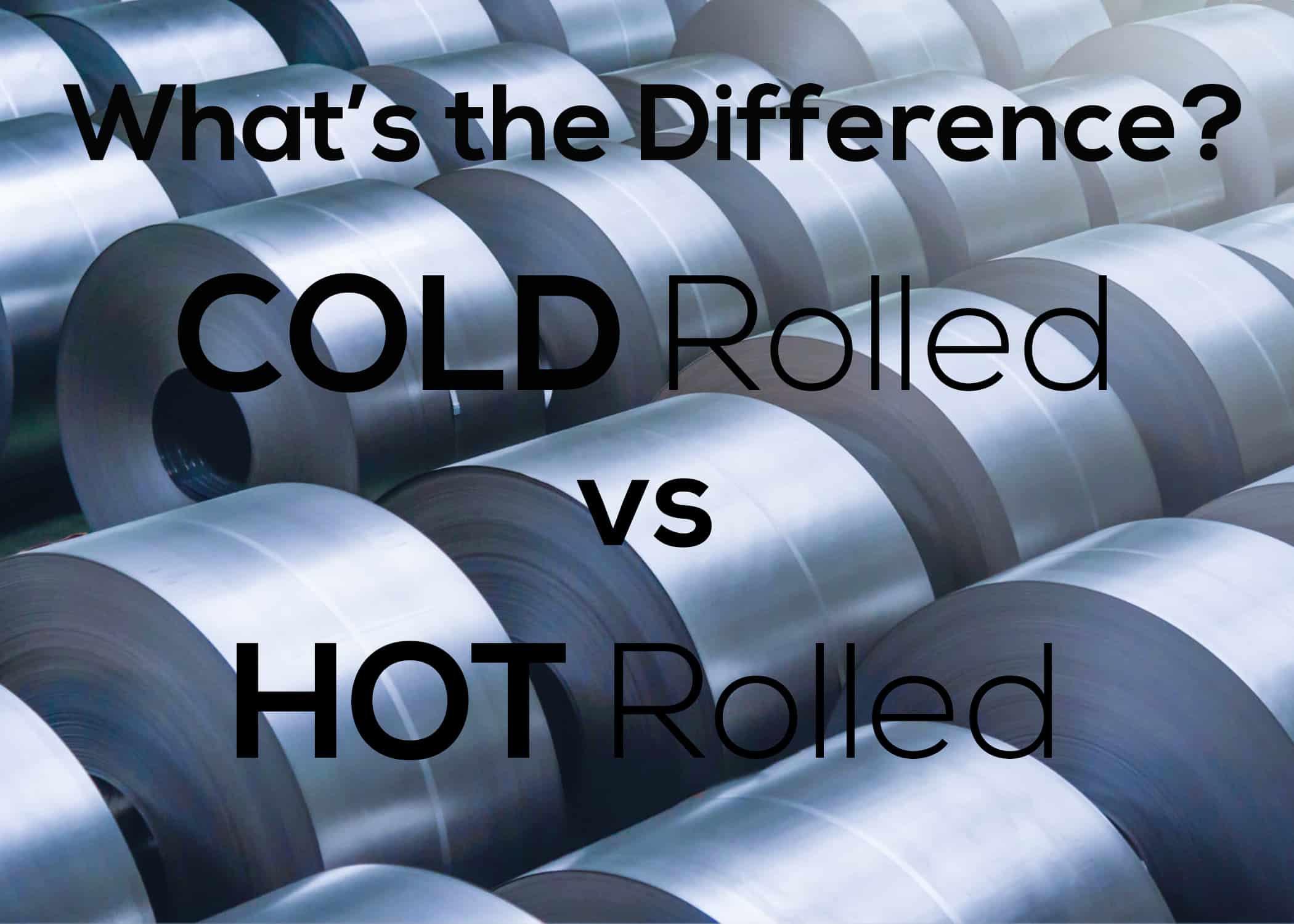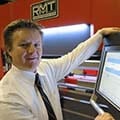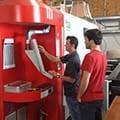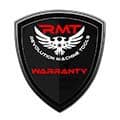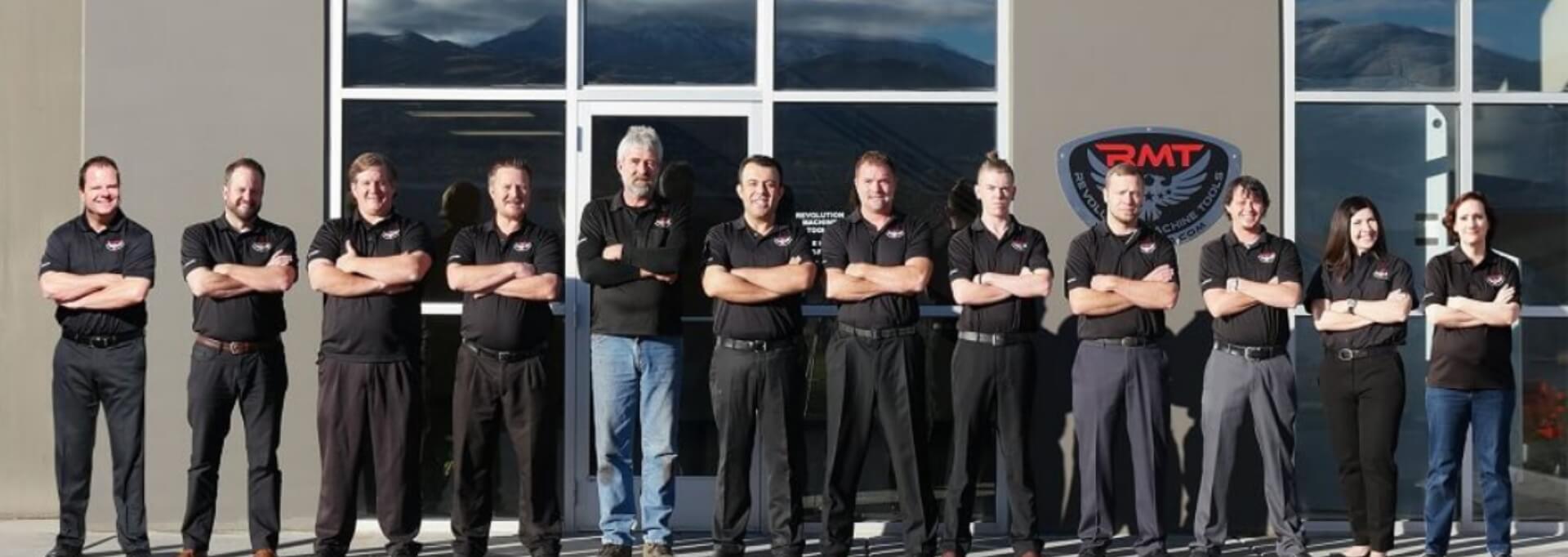Running Hot and Cold
When you need to order cold rolled or hot rolled steel for your next fabrication project, it’s important to buy the right kind to match the job. Not only are there four major types or groups of steel (carbon, alloy, stainless, and tool steel), the World Steel Association has identified over 3,500 different grades of steel, each with unique characteristics and properties.
While most of the differences between steel grades have to do with their compositions—what percentages of carbon and other alloying materials are in the mix—how the steel is processed also contributes to the distinctiveness of a particular grade. One very common processing technique is rolling, which involves passing the steel through pairs of rolls at high pressure. This procedure can impart specific mechanical properties to the resulting steel stock along with making it uniform in thickness. It is estimated that nearly 90% of produced steel goes through the rolling process.
Rolling is divided into two general categories—cold rolling and hot rolling. All steel is created with heat, of course, and then allowed to cool. Cold rolled steel is generally processed around room temperature, while hot rolled steel is heated above the material’s recrystallization temperature before processing. The atoms of metals are nearly always arranged in a crystalline lattice structure. That structure gets deformed through physical processing, which can strengthen the metal, since the rearranged atoms can’t move as freely. When a metal reaches its recrystallization temperature—around one-third to one-half of its melting point—the atoms become more mobile and then reorient themselves into the original crystalline pattern of the material.
The two types of rolled steel can be readily distinguished from each other. Cold rolled steel has a smooth surface with an oily finish and appears dark gray, while hot rolled steel has a non-oily surface with a somewhat rough and scaly finish and a blue-gray appearance. They can also be differentiated by an examination of the edges of bar stock that is square or rectangular, since cold rolled steel will have sharp edges and hot rolled steel will have rounded ones.
It is important to understand the benefits and drawbacks of cold and hot rolled steel to properly gauge which material is better for specific projects.
Some Like It Hot
Hot rolling is a common method of “hot working” a metal, which can also include other processes that are performed above the recrystallization temperature, such as drawing, extrusion, and forging. Working steel while it is hot enough to recrystallize keeps it from strain hardening, giving it different properties than cold rolled steel.
Some of the advantages of hot rolled over cold rolled steel include:
- Easier workability due to lower yield strength
- Increased ductility
- Requires much less processing
- Lower cost than cold rolled steel
- Usually free from internal stresses
Disadvantages of hot rolled steel:
- Decreased strength
- Decreased hardness
- Less precise tolerances/size imperfections from heating and cooling
- A rough, scaly surface that must be removed before any finishing
Applications that use hot rolled steel include:
- Agricultural equipment
- Automotive components like frames and wheels
- Guardrails for roadways
- I-Beams and other structural sections
- Metal doors
- Ornamental railing
- Railroad cars
- Railroad tracks
- Sheet metal
- Tanks
- Trailer parts
- Water heaters
When close tolerances and exact shapes aren’t needed, hot rolled steel is ideal for the project.
Keeping It Cool
Processing steel through the cold working method of cold rolling puts the metal under mechanical stress, imparting a change to its crystalline structure.
Some of the advantages of cold rolled over hot rolled steel include:
- Increased yield strength
- Increased tensile strength
- Harder (more resistant to deformation from contact)
- Up to 75% lighter in weight
- Higher precision/tighter tolerances
- Improved straightness and concentricity
- Fewer material contamination problems
- Greater aesthetic appearance (smooth and shiny)
- Better surface properties
- Supports a wide range of surface finishes
- Shorter production cycle times
- Often better corrosion resistance
Disadvantages of cold rolled steel:
- More expensive (additional processing needed)
- Less ductile and malleable
- Needs heavier equipment and greater fabrication forces
- Requires harder tools and dies
- Metal surfaces must be clean and scale-free
- May leave unwanted residual stress in the piece that can cause problems like warping
Applications that use cold rolled steel include:
- Aerospace components
- Automotive parts
- Desks and other metal furniture
- Home appliances
- Lawn mowers
- Lighting fixtures
- Mechanical parts like gears
- Metal shelving, racks, and cabinets
- Roof and wall systems
When closer tolerances and better surface finishes are needed, cold rolled steel is ideal for the job.
Steeling Yourself for Your Next Project
While cold rolled steel might generally be regarded as “better” than hot rolled steel, the key consideration is the end goal of the fabrication project. Savings in cost and ease of working must be weighed against the strength and precision required of the finished part.
A fabrication shop should establish a good relationship with a reputable steel service center or other metal supplier who can advise them on the best material for any given job, while providing fast delivery and a fair price. Likewise, having a connection with a trusted and qualified machinery consultant can assist a fabricator in finding the right equipment to complete any metalworking endeavor.
If you have a big—or even small—project in the works and want to make sure you have the perfect machine to match your metal, please give Revolution Machine Tools a call today for a competitive quote and a free consult to make sure the job gets done accurately and on time.
